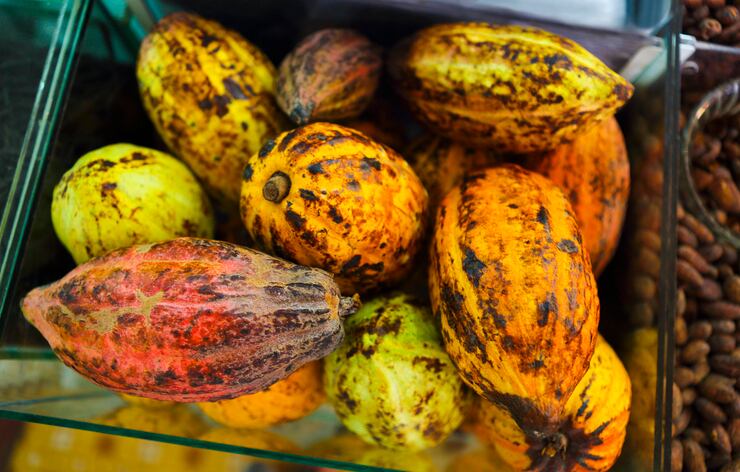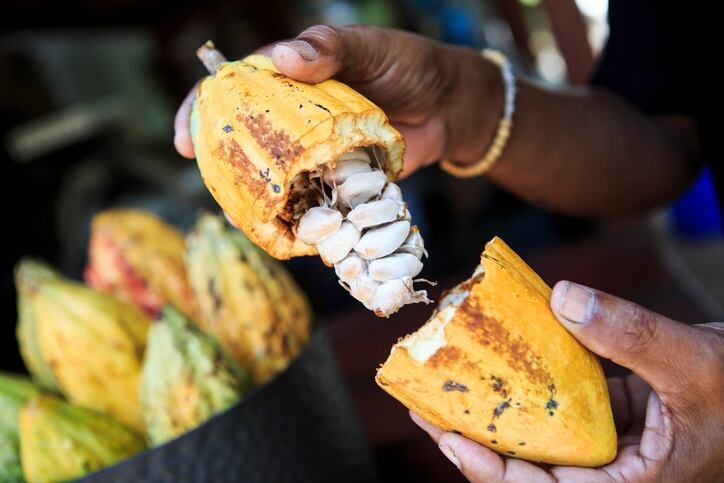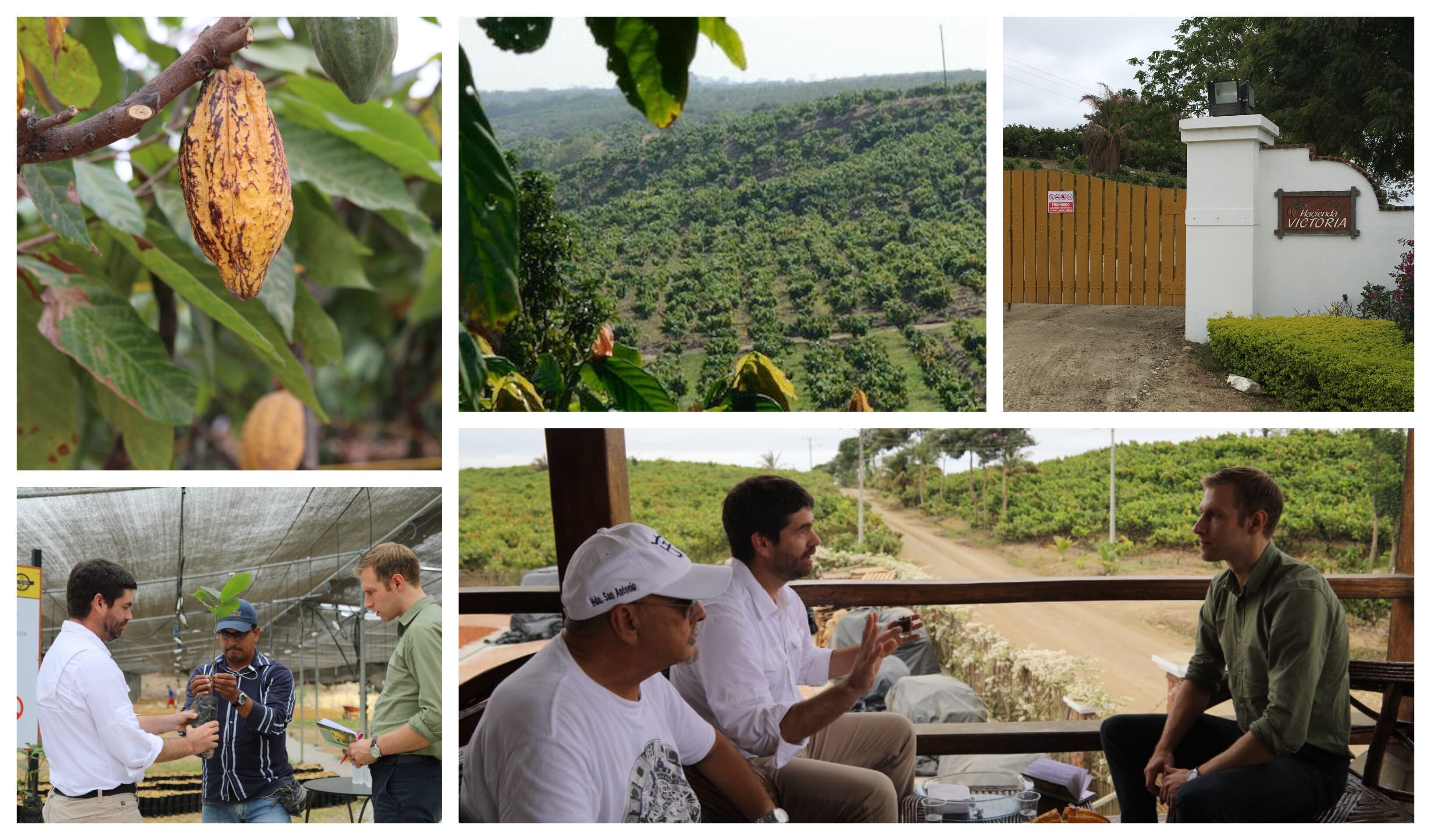A mechanical engineer by training, Rogério Kamei is third-generation Japanese-Brazilian whose family began growing cocoa in Brazil’s southern region of Bahia in the 1940s.
After working in the automobile industry for nearly 20 years, he returned to take over the family’s cocoa farm - and came to face to face with the uncertainties of cocoa farming.
“Cacao as a commodity has a very unstable price, and we periodically have financial difficulties at the farm," Kamei told FoodNavigator-LATAM. "This means, of course, less income for us but also fewer resources to invest. [We have] difficulty keeping stable personnel – we dismiss and hire too much – and were not able to take care of the farm as much as we would like, fertilizing, pruning, planting new trees and so forth.
Making chocolate was, therefore, a way to increase income by selling higher-value finished products, cushion the blows of cocoa’s fluctuating price, and guarantee stable jobs for its farm workers.
'A mirror of Brazil'
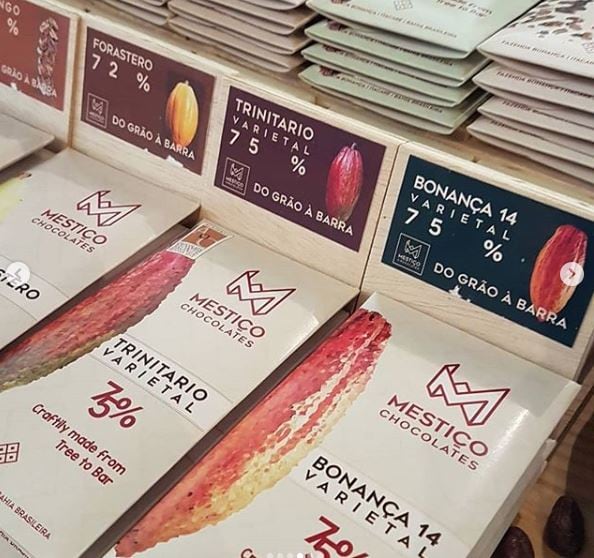
Kamei founded Mestiço Chocolates and his Japanese-Brazilian heritage is a core part of the branding. Mestiço means mixed race in Portuguese, and the company describes itself as “a mirror of Brazil, reflecting Bahia and Japan, Minas and São Paulo”.
Mestiço’s range includes chocolate bars made with various cocoa varieties; a 65% bar with crunchy cocoa nibs; white chocolate and hibiscus flower; and raw cocoa nibs, all of which retail for around R$15.
“We used the first time the hibiscus as an Easter Egg flavor and coloring, but liked the result so much that we kept it as a regular bar flavor,” Kamei said. “It brings a nice and mild red fruit flavor, besides the pink color.”
“I believe two main consumer types look for our chocolates. The first is a premium product-minded consumer. We have differentiation [in terms of] flavor, story, and price that appeals to this niche. The second is the more natural, healthy, and closer-to-the-producer consumer. This is a steadily growing mindset.”
Cabruca cocoa farming
Kamei said Mestiço produced according to organic standards between 2006 and 2009 but “almost went bankrupt”. It now produces conventionally but is UTZ certified although it does not use the UTZ front-of-pack logo.
"We think it is a good framework and helps us ensure sustainable practices at the farm. For instance, we receive a premium for the commodity cacao we sell [to] the processors, but we do not use the stamp at our chocolate packaging.”
Kamei is a firm believer in the cabruca system, an agroforestry technique that involves planting cocoa trees under the canopy of Brazil’s native Atlantic rainforest.
Blending commercial agriculture and rainforest conservation, cabruca has been practiced for over two centuries in the southern regions of Bahia, Brazil’s biggest cocoa-producing state.
According to the Cabruca Institute, which promotes cabruca cultivation as a form of responsible agriculture, the word comes from the verb ‘brocar’, which means, ‘to make holes in the forest for planting’.
"[For us], it is a necessity," said Kamei. "We know that a more modern approach would bring us more revenue, but our history, our knowledge and our topography keeps my family doing it the way we have done for over 70 years. I also defend the need for cabruca to keep the climate from changing.
"It is just my gut feeling, but as a result of the witches broom disease in the region, many cabruca cacao farms were converted to pastures. That affected the region's average temperature and reduced our rainfall. We need more rainforest area if we want to be sustainable."
The Mestiço brand uses only around 5% of the cocoa produced on Kamei's farm. It sells a further 1 to 2% of fine flavor beans to other craft chocolate makers.
The vast majority of its cocoa crop - over 90% - is sold as bulk cocoa, mostly to global suppliers Barry Callebaut and Cargill. As this is produced to grade 1 standards, Kamei "usually" receives a premium from them, he said.
The Brazilian Bean to Bar Association
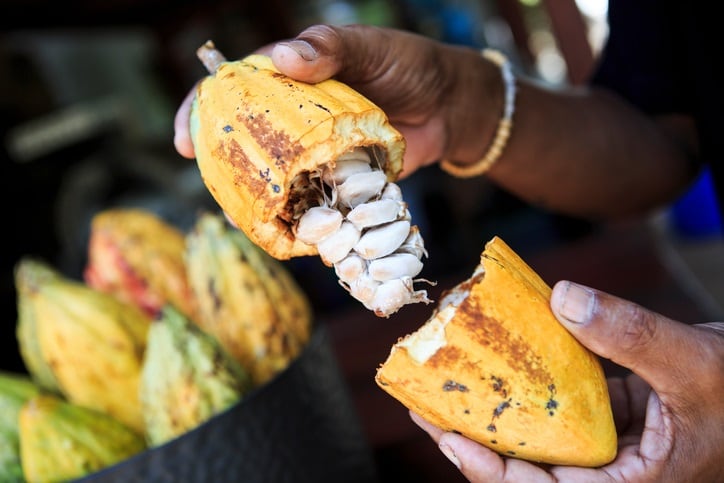
Not content with growing his own business, Kamei wants to grow Brazil's craft and artisan chocolate sector.
Together with seven other craft chocolate makers, he launched the Brazilian Bean to Bar Association in 2017.
“The main motivation is to promote and educate the general public about the craft bean-to-bar chocolate. Our main challenge as single brands, with very limited marketing resources, is to advertise and reach the population. As a group, we perform better.”
The association, which currently counts 11 members and is processing six new applications, is organizing the Bean to Bar Chocolate Week, which will take place in São Paulo from May 15 - 19 this year.
It also attended the Northwest Chocolate Festival in the US last year. “Out of the twenty-something awards distributed there, we brought back six to Brazil,” said Kamei.
Inspiration for founding the association came when Kamei visited craft chocolate makers in the US.
“[I saw that] the American Bean to Bar community is quite ‘open source’. Most of the people I talked with were very open, even when I told them I would start my own factory. I am spreading this cooperative economy mindset as much as I can to the community here in Brazil.”
This attitude underpins Kamei’s entrepreneurial philosophy.
“I believe the brands together gain strength and synergy and are better equipped to face the competition [from] big industry.”

